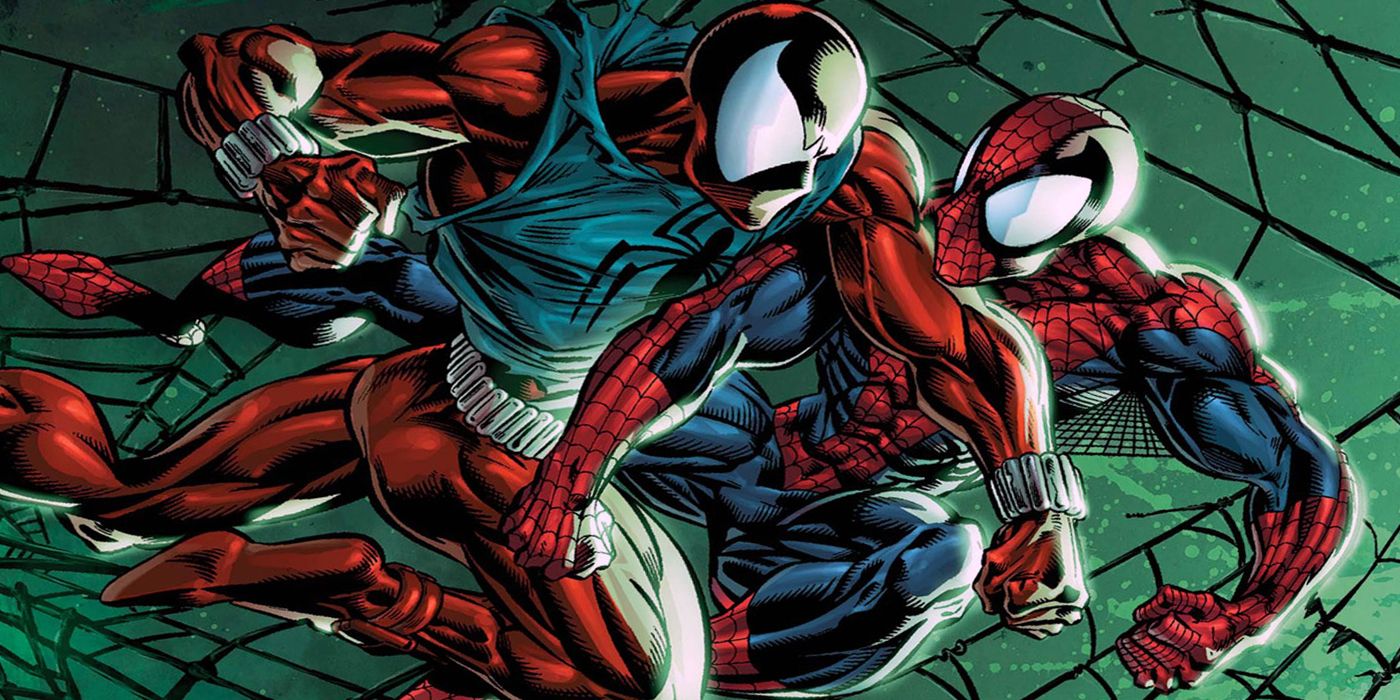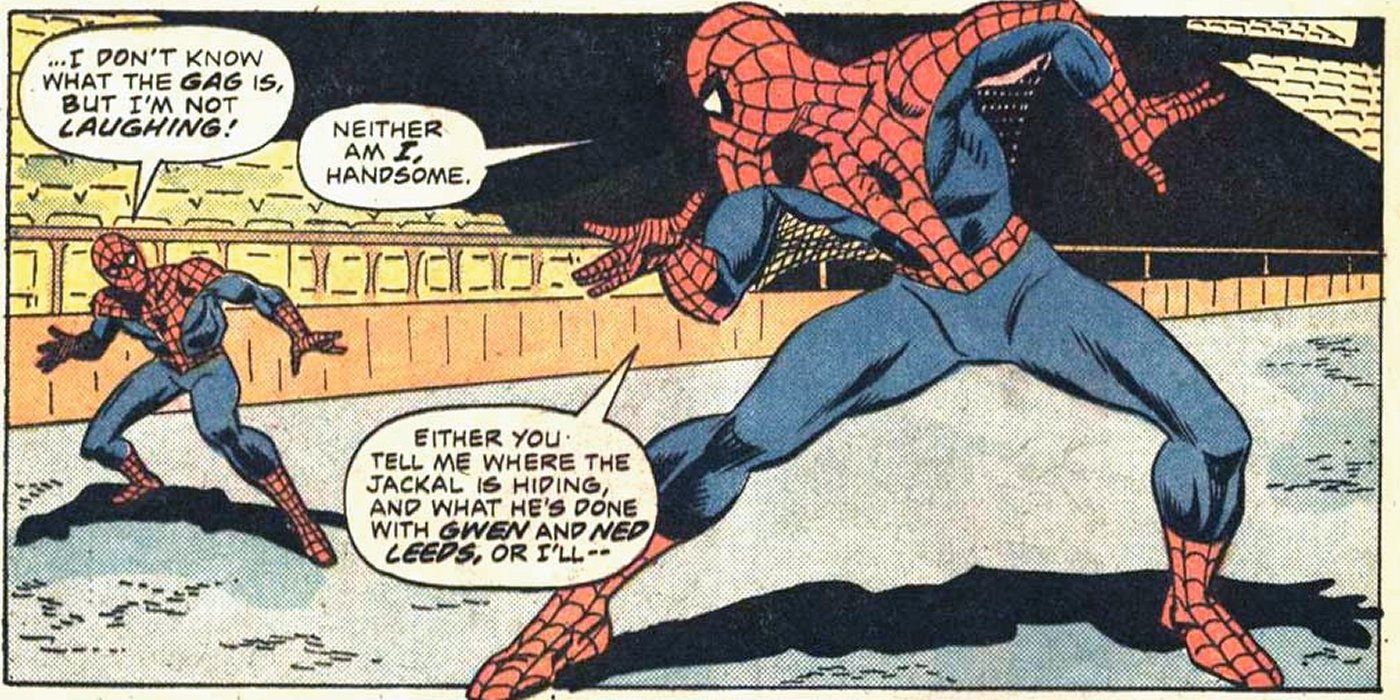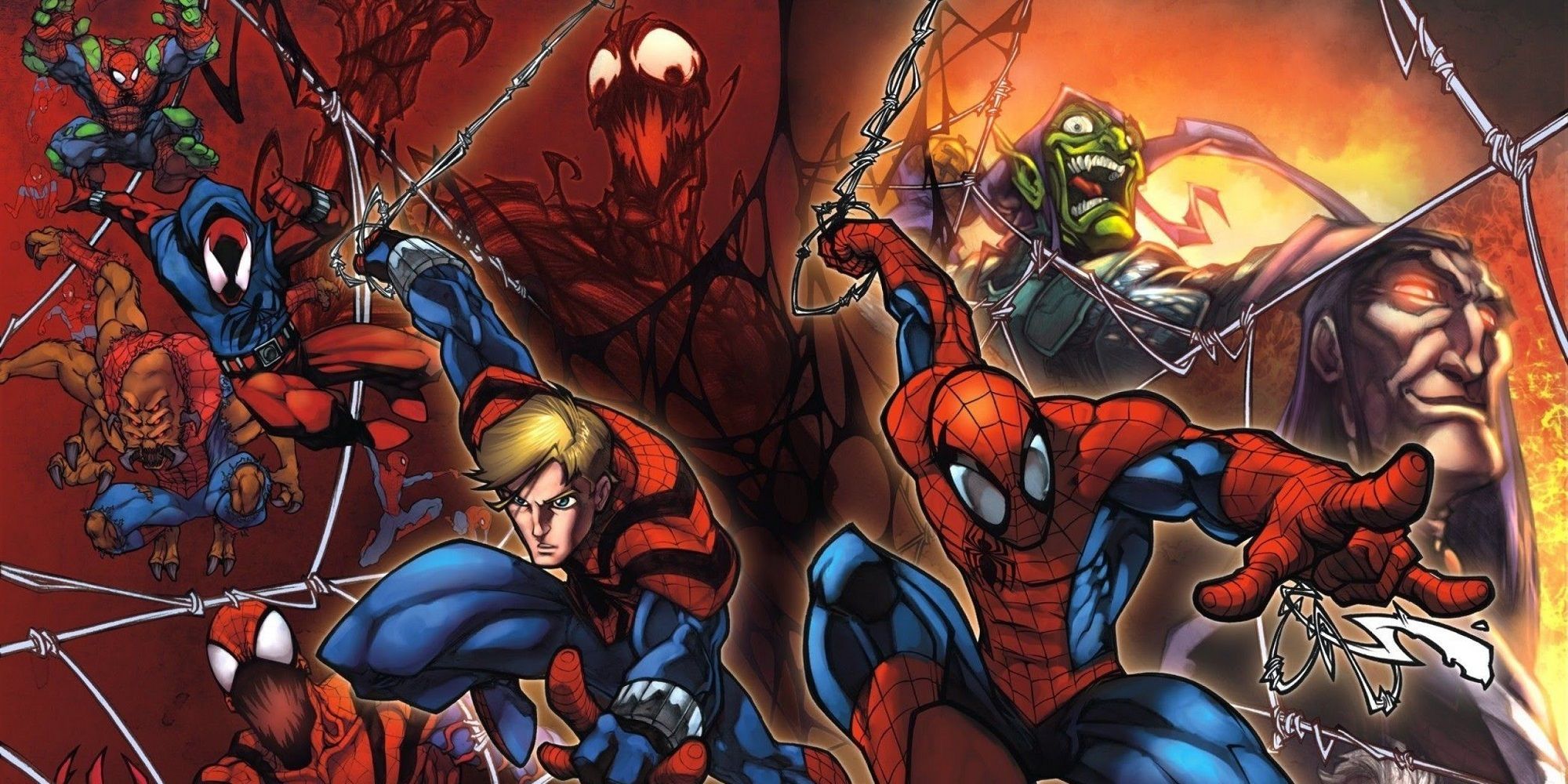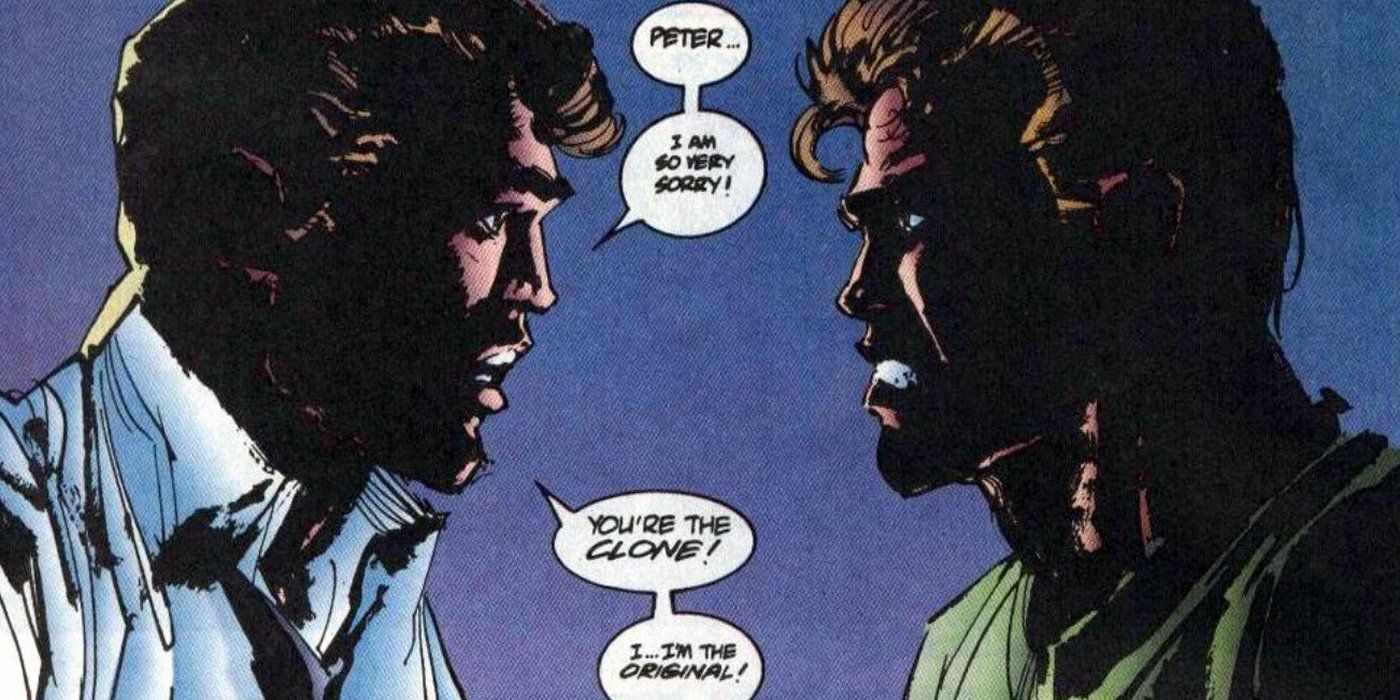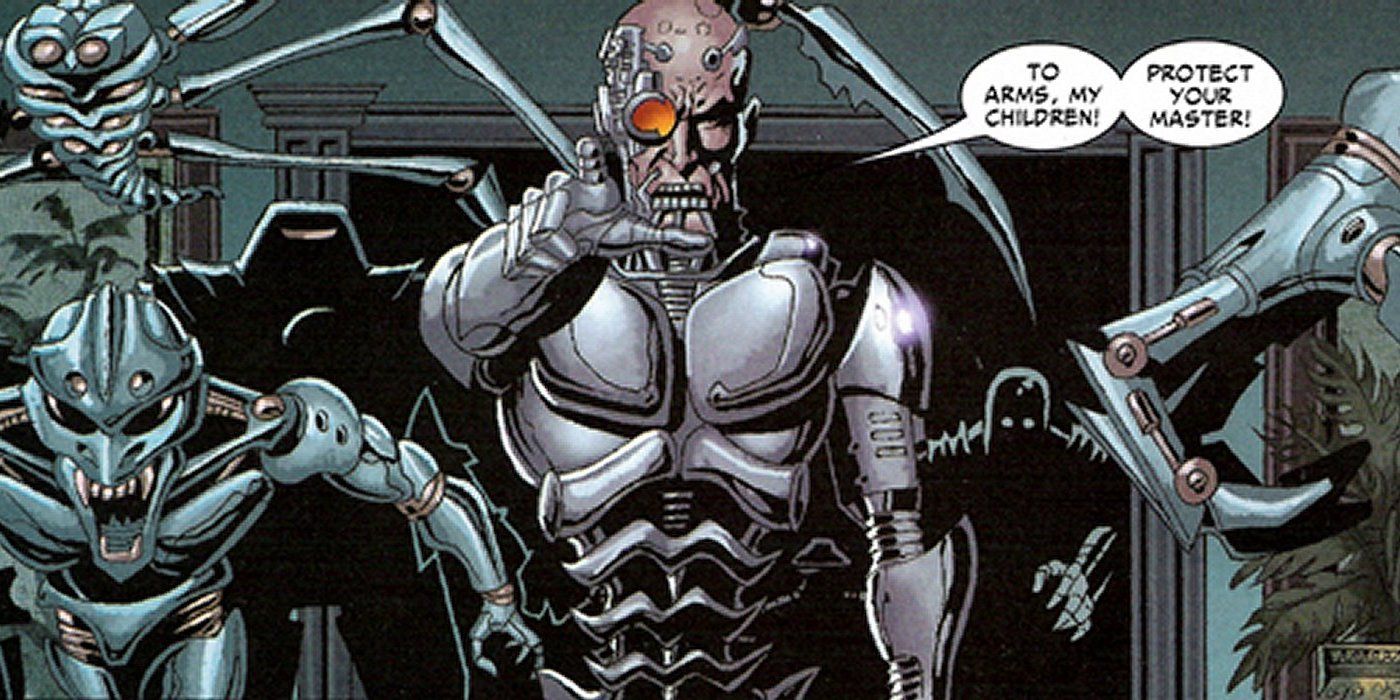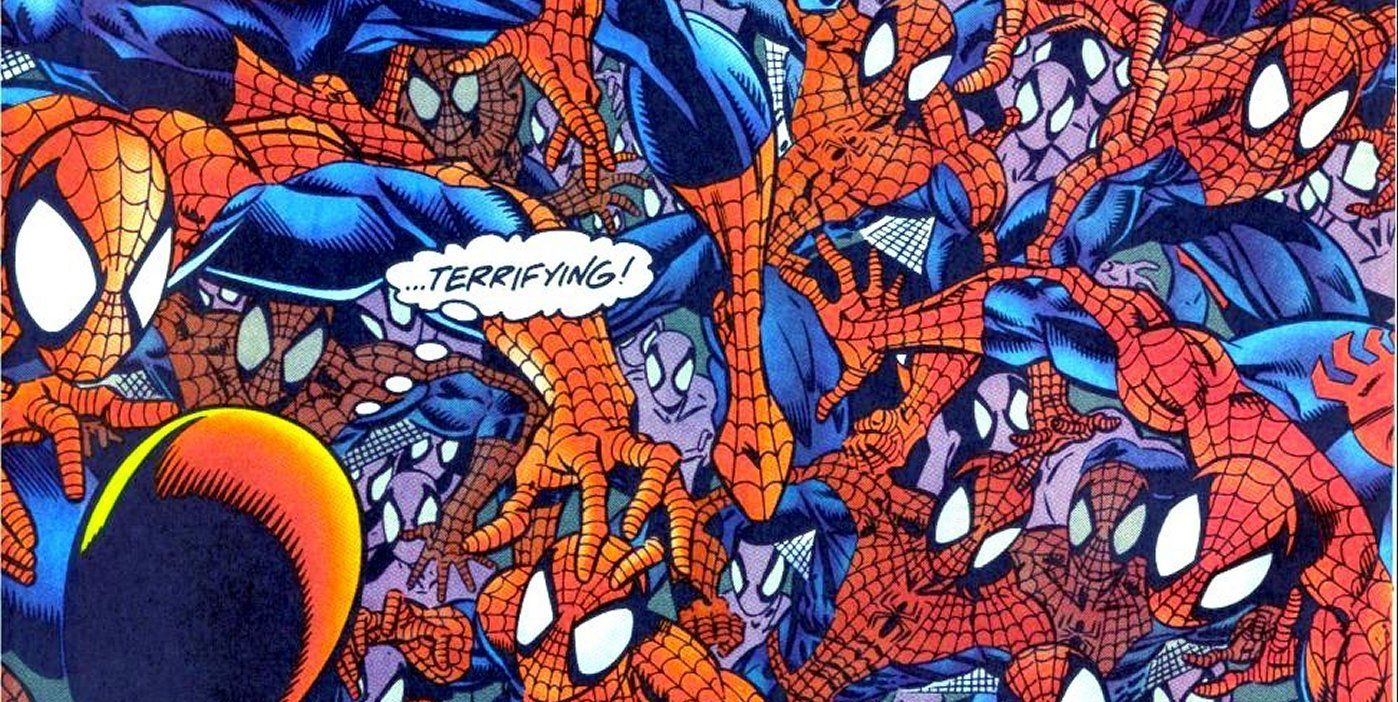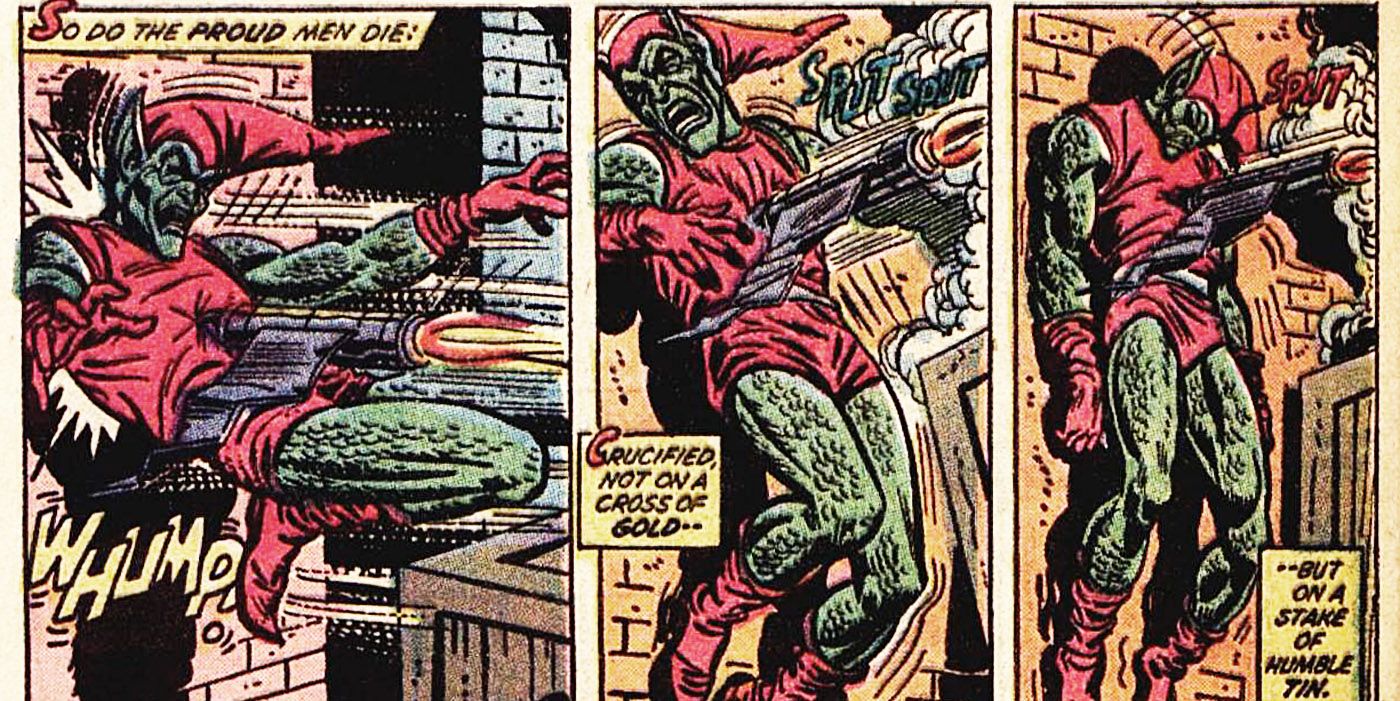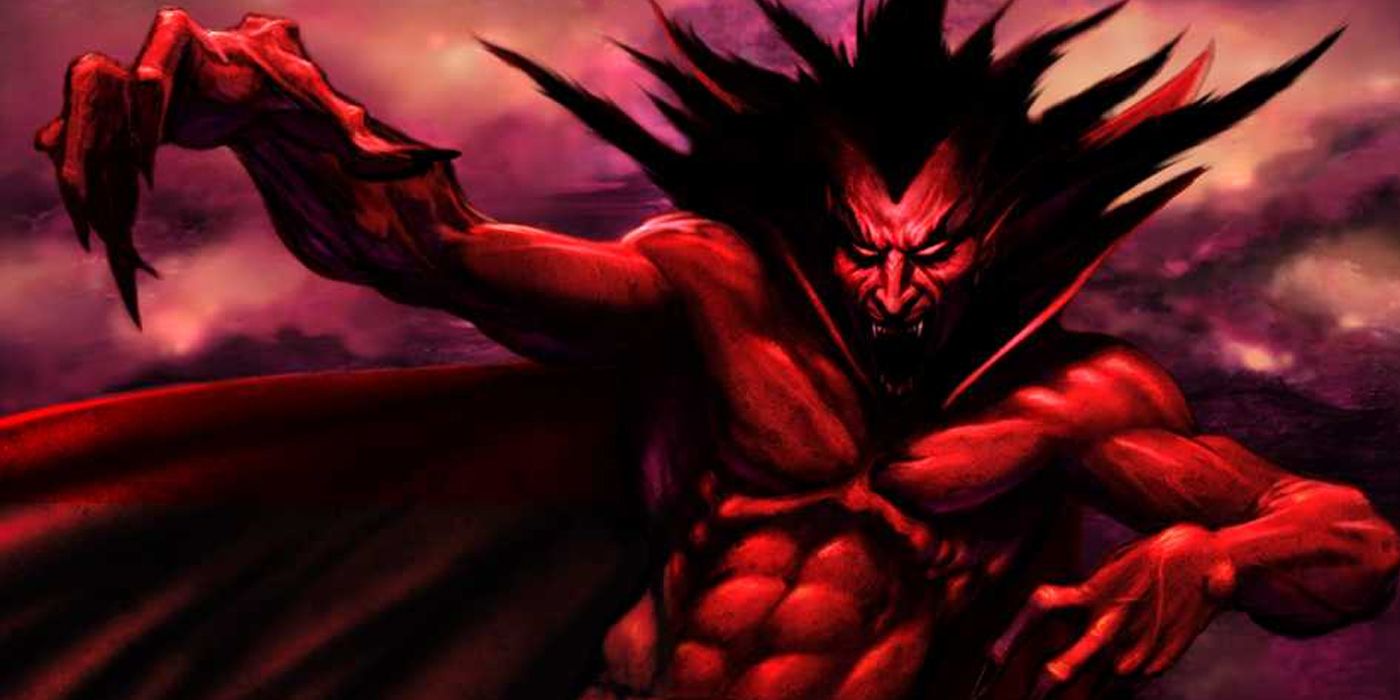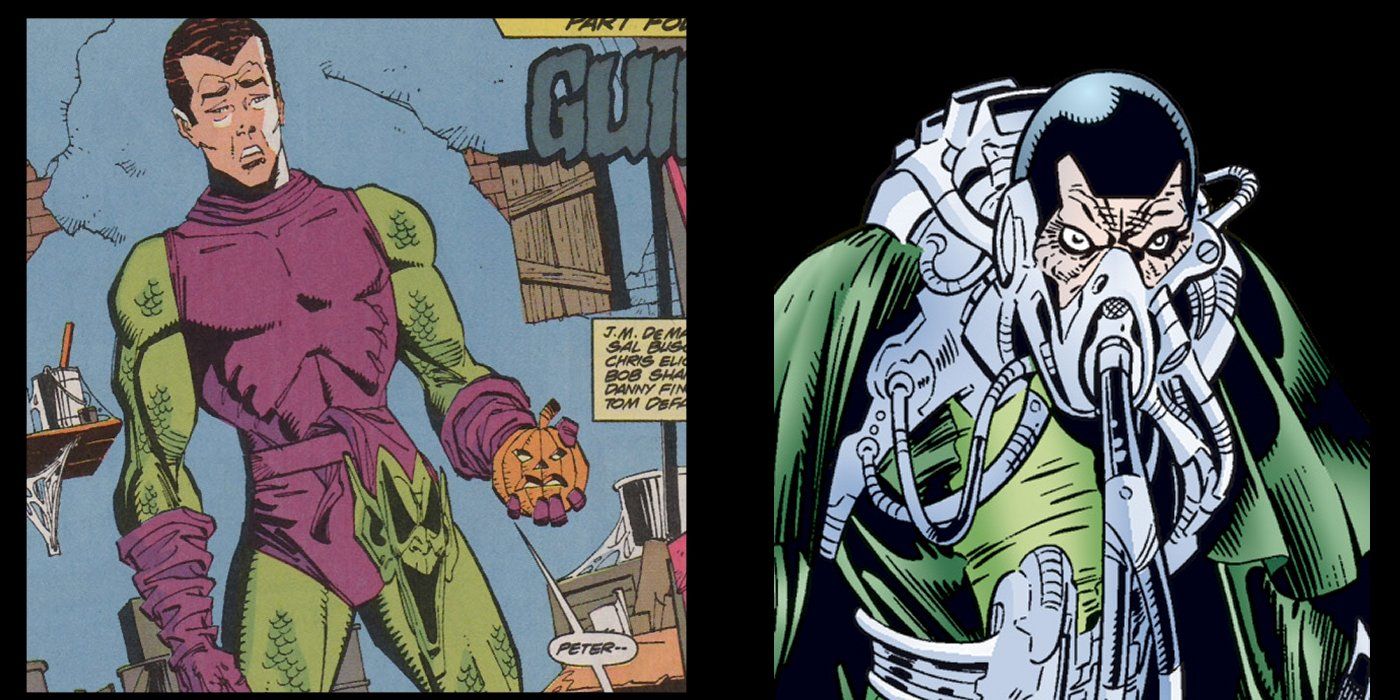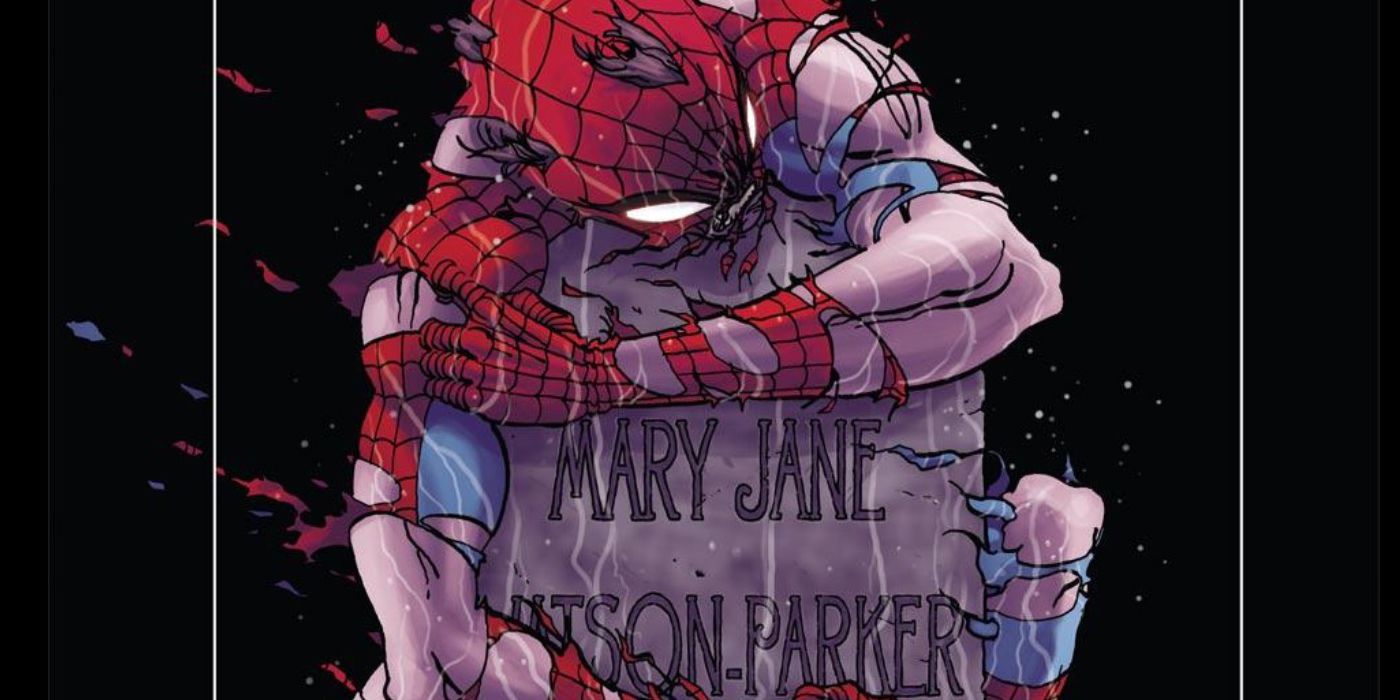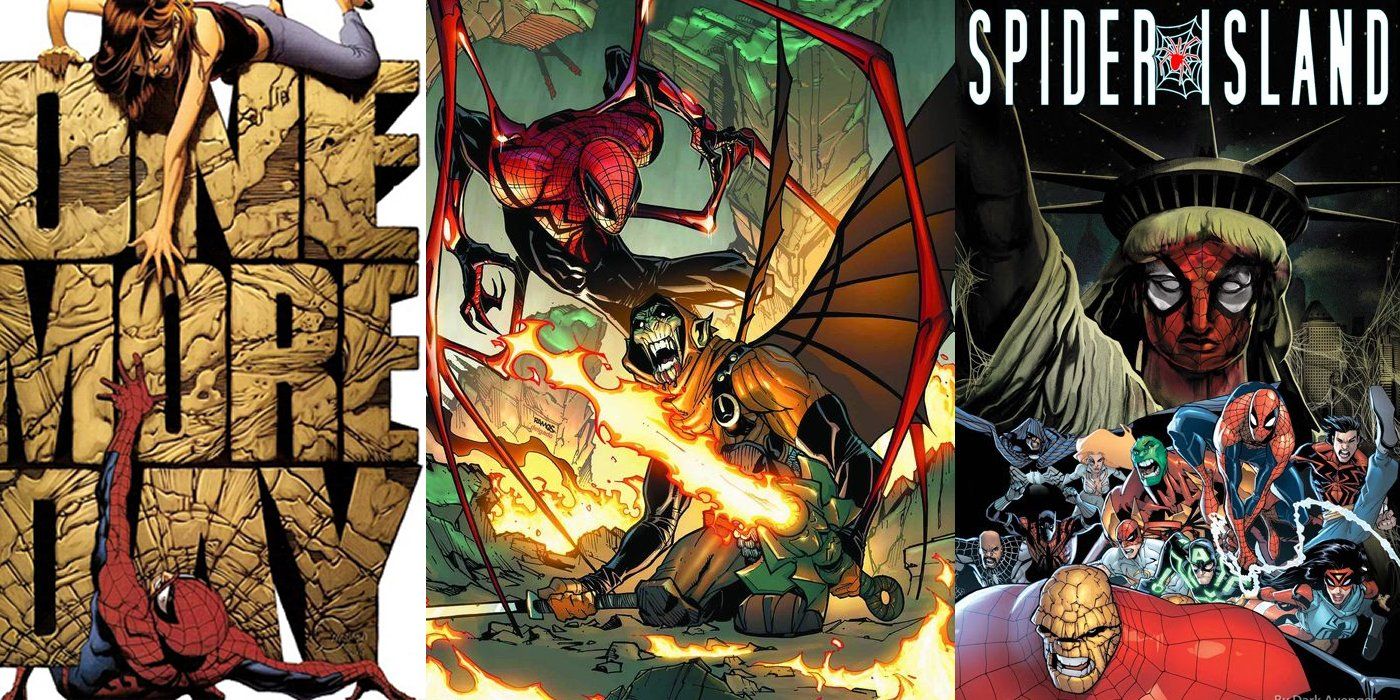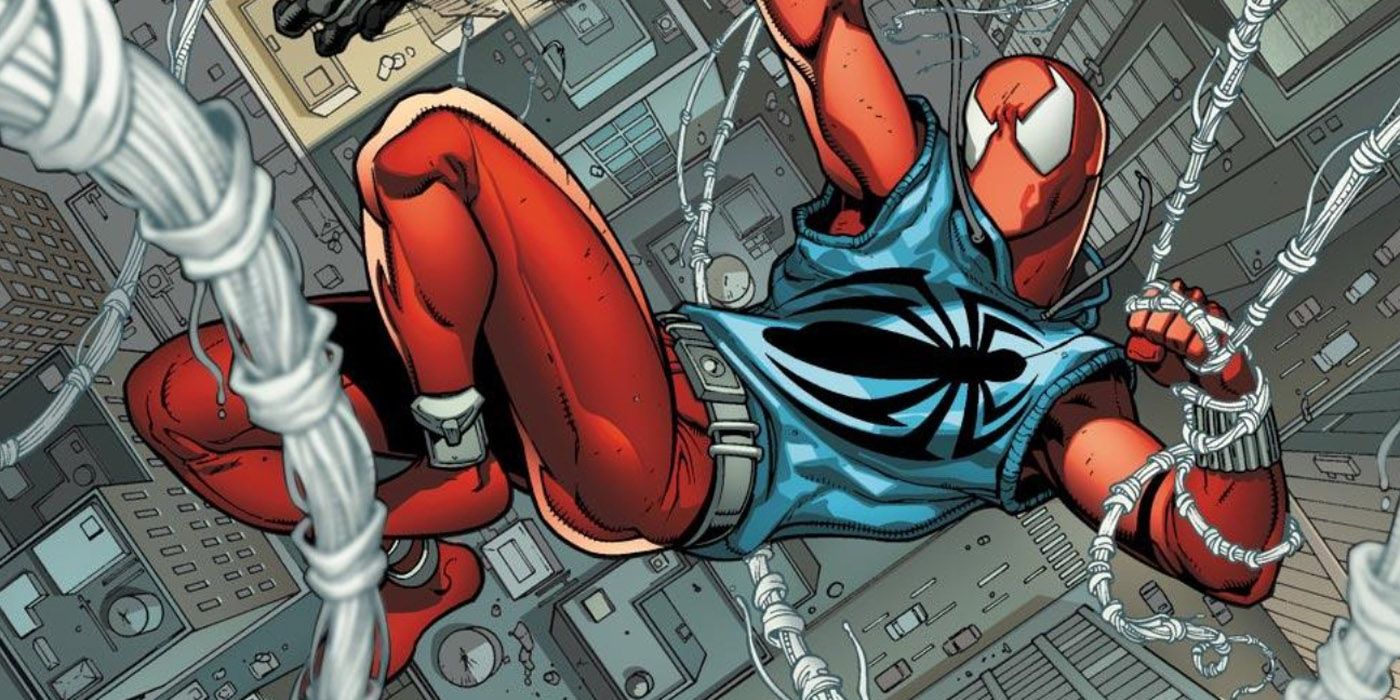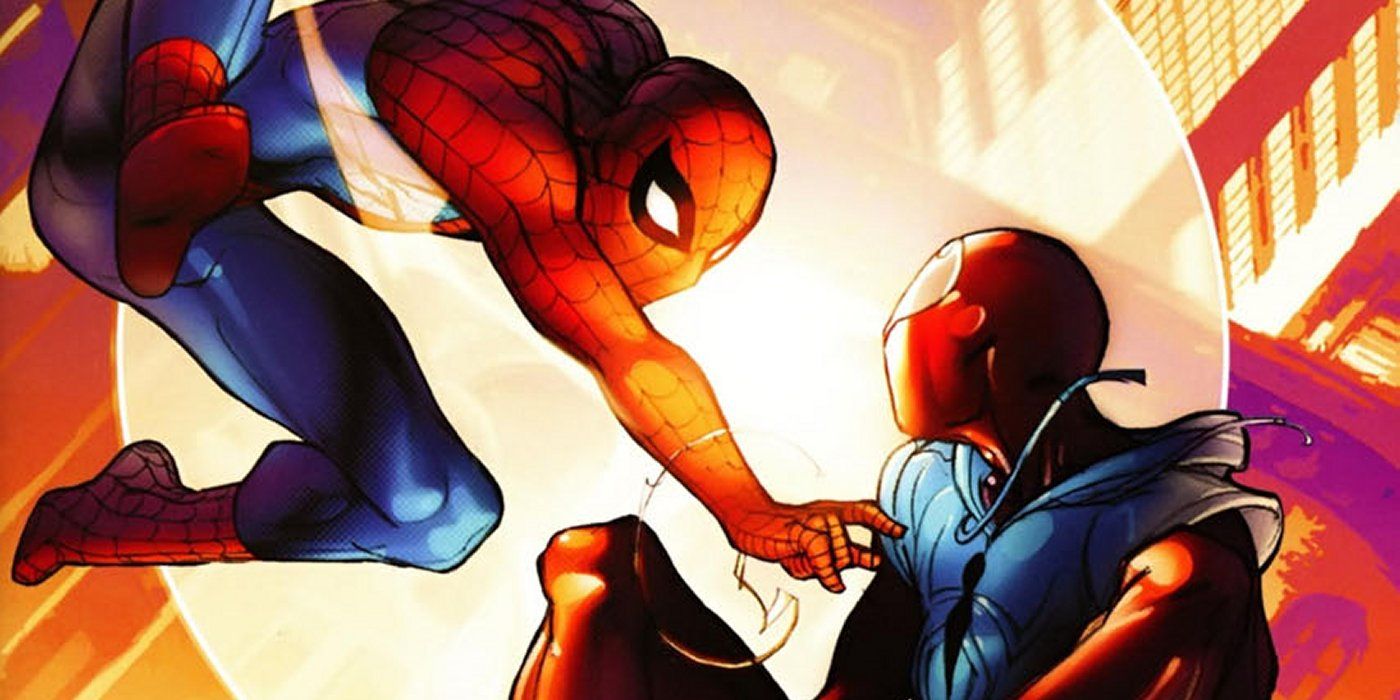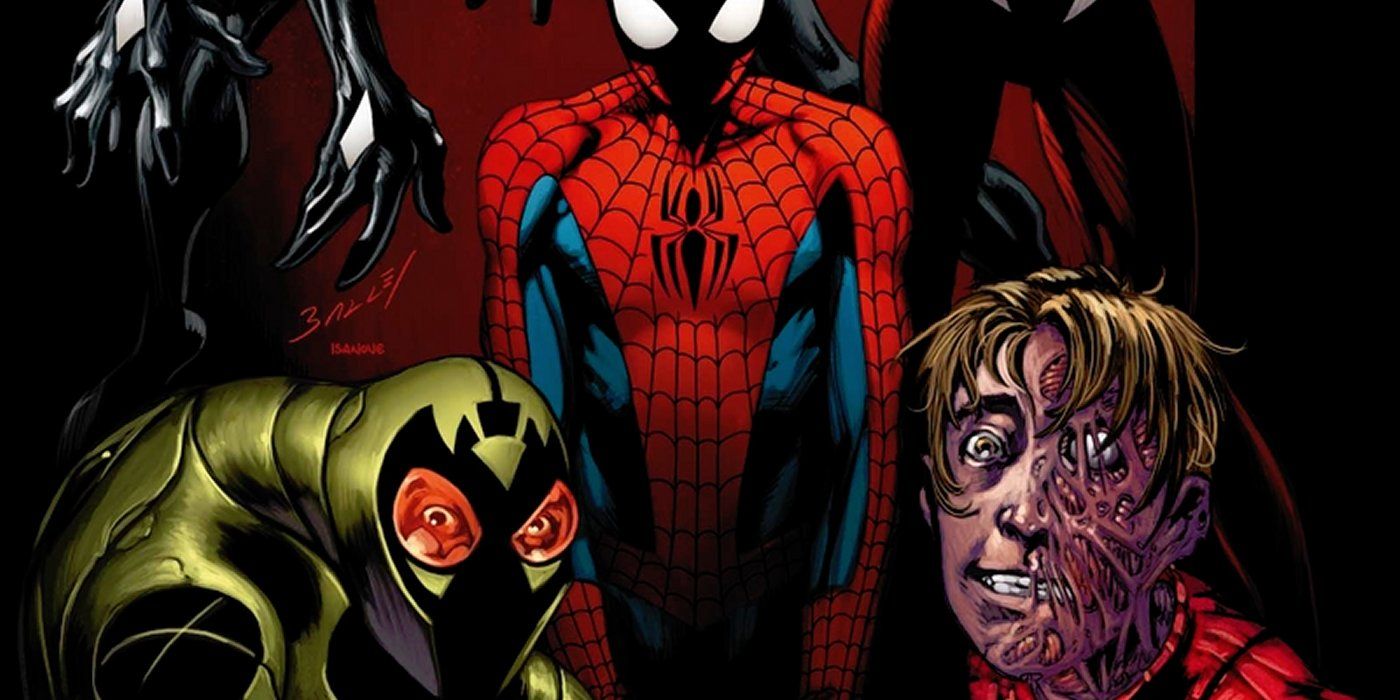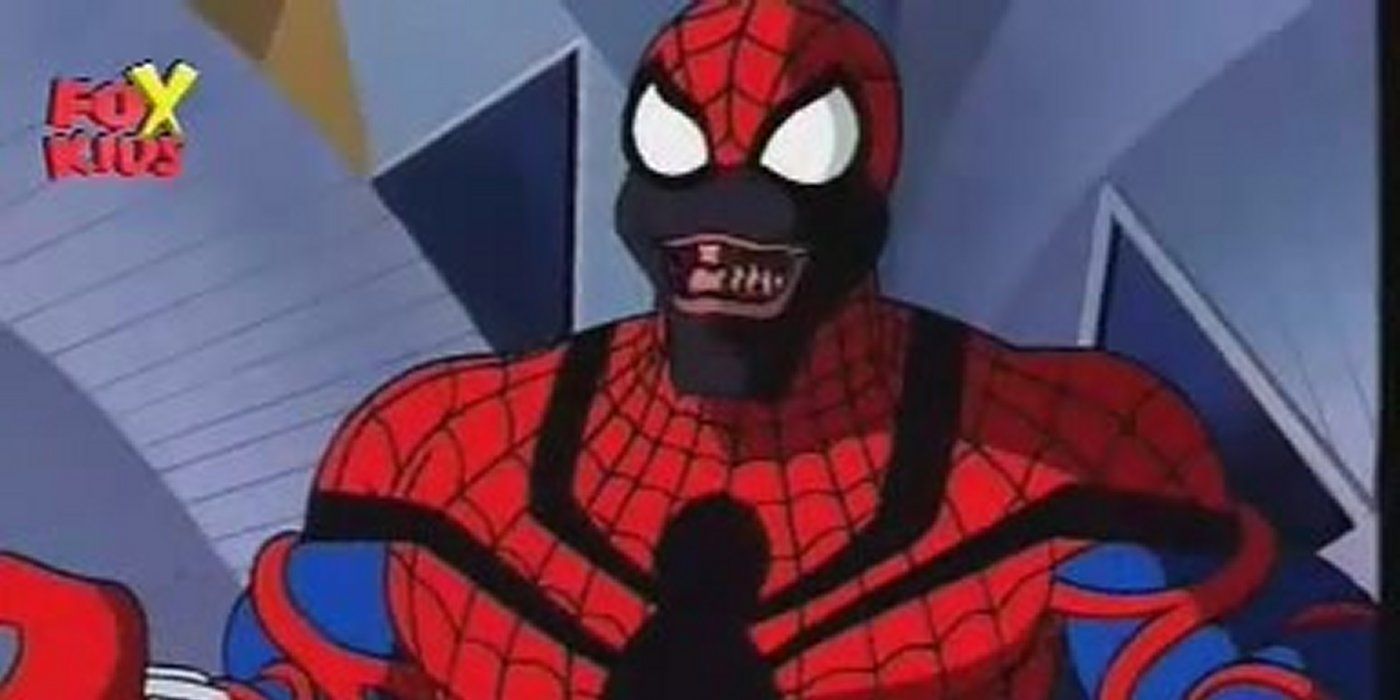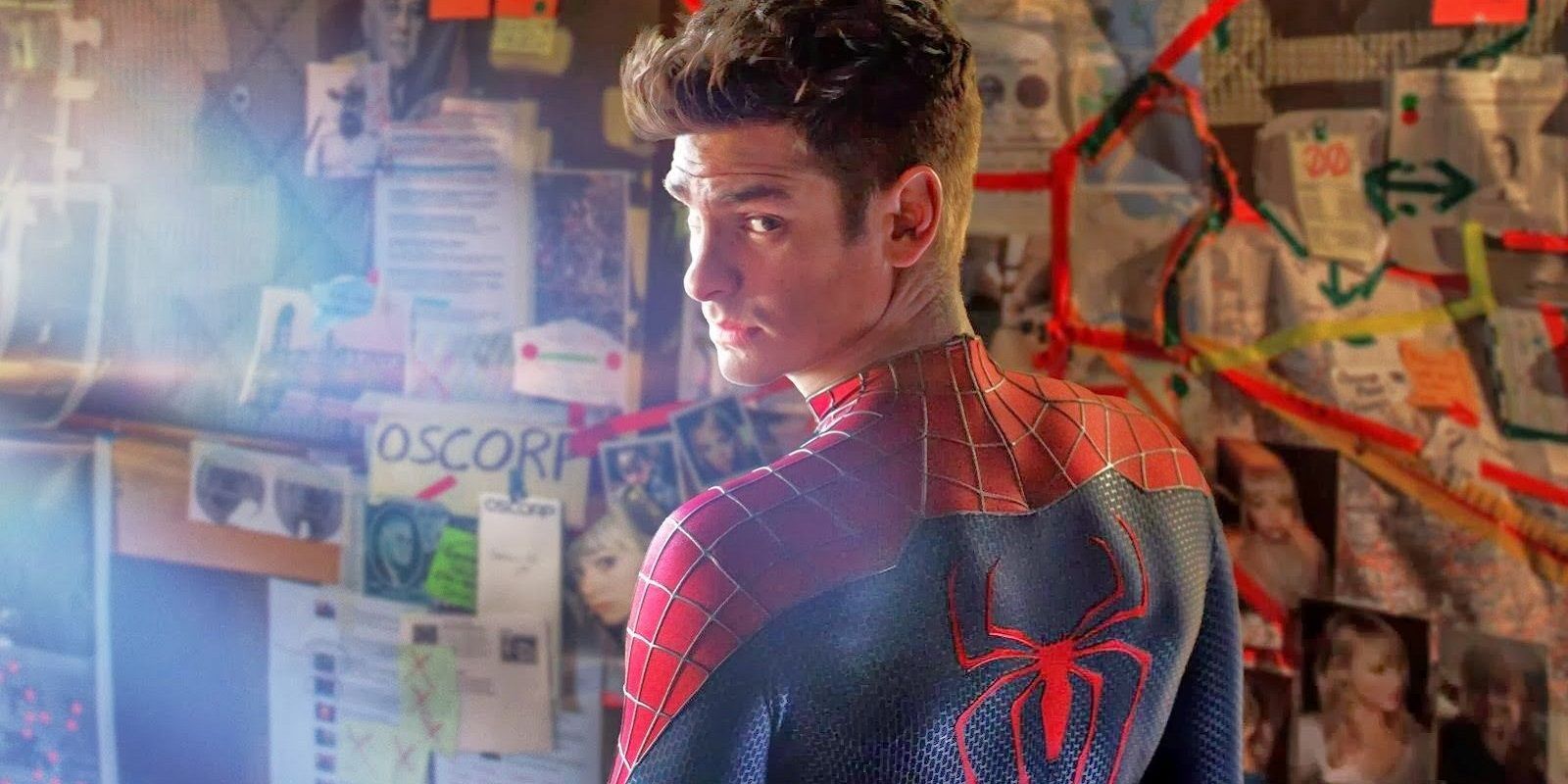Ah, the infamous Clone Saga. Spider-Man fans who suffered through this endless era of convoluted storylines in the 1990s will never forget it, and new fans have grown up hearing about it in scared whispers. An intriguing enough concept — the notion of what would happen if Spider-Man was cloned, and if it became unclear which Spider-Man was the real one — became a quagmire of needless complications, messy storylines, and editorial shakeups. This resulted in a tale that was, for many years, widely regarded as the worst Spider-Man storyline of all time, one that nearly took down Marvel Comics for good. Many have argued that even today, in an era where Spider-Man has become a massive cinematic icon, the comics themselves have never fully recovered from the damage that the Clone Saga did, which might explain some of the huge popularity that the Miles Morales version of Spider-Man enjoyed.
But now that recent plot developments in Spider-Man comics have brought the old concepts and characters of the Clone Saga back into central focus, there's been a renewed interest in looking back on what the Clone Saga was, where it went wrong, and what parts of it maybe, maybe, could have worked better. Here are 15 Things You Never Knew About The Clone Saga.
15. The First Clone Saga Was in the 1970s
Though the Clone Saga that everyone knows and talks about was about as '90s-flavored as a '90s storyline can get, the original Saga actually occurred in 1975.
Written by Gerry Conway, the storyline involves the revelation that the Jackal is Miles Warren, Peter's biology professor, who is secretly obsessed with Gwen Stacy. After her death, he clones both Gwen and Peter, finding out that Peter is Spider-Man when the clone exhibits those all-too-familiar spider-powers. To get revenge on Peter, for not saving Gwen, the Jackal kidnaps him and pits him against his clone, a desperate battle for both men, since each of them believes himself to be the real deal.
Eventually, they team up to take down the Jackal, but both the supervillain and the clone are seemingly killed in an explosion. Peter drops the body of the clone into an incinerator, reasoning that since he feels love for Mary Jane — something that didn't happen until after Gwen's death — he's clearly the real Peter. This was an open and shut case for two decades, until someone asked the question: what if the Spider-Man clone was still alive, and aimlessly wandering the country under the name Ben Reilly? Or what if this Ben guy was the real Spider-Man, and the one that had lived on past that storyline, the one we'd been following for 20 years... was the clone?
14. It Wasn't Supposed to Last So Long
For new fans, if you want to understand the fatigue with which old readers discuss the Clone Saga, it's important to realize that part of it had to do with sheer length. The Clone Saga storyline began in 1994, and lasted all the way until 1997, across every single Spider-Man comic. That meant that for over three years, there was no possible way to read Spider-Man comics and not also read about clones. There were no movies at that point, and the only escape was the '90s Spider-Man: The Animated Series. Needless to say, three years of Clone stories can get exhausting, particularly since the whole thing grew increasingly complicated every issue, with new characters, events, and plot twists constantly being introduced.
But it wasn't supposed to be that way. The whole shebang was originally slated to end in Amazing Spider-Man #400, in April of 1995. The problem was that, believe it or not, those early issues of the Clone Saga were a huge success. Sales skyrocketed. Readers were interested to see what happened next. The sales department requested extensions to the arc, the storyline outlasted its original creators, and it soon bloomed into an out of control, bloodthirsty Venus flytrap.
13. Yes, Ben Reilly Really WAS Intended to be the Real Spider-Man
At this point, it doesn't take a magnifying glass to see that whatever might have been planned at the inception of the Clone Saga was totally forgotten and/or discarded by the time it finished. The most controversial element of the storyline was the revelation that the clone, Ben Reilly, was actually the real, original Spider-Man, whereas the Peter that readers had been following for two decades was actually the clone. This leads to Peter retiring, and Ben becoming Spider-Man. But fan outrage proved too great, and the writers introduced a retcon-on-top-of-a-retcon, concluding that the whole thing was an elaborate trick: Ben actually was a clone, and Peter was the original, thus allowing him to be Spider-Man again.
Needless to say, in the original plans, Peter was never supposed to be the original.
Understand, the Clone Saga was supposed to be controversial. Marvel had given the Spider-Man team instructions to come up with a story on the level of DC's Death of Superman epic. The entire notion of the Clone Saga was born from the idea that back in the 1970s story, the Spider-Man that seemingly died was actually the original one, and that the Spider-Man who had continued on, with his reasoning about Mary Jane, was a clone. However, the real Peter had survived this whole time, and was now coming back to New York. The intention of the Clone Saga was always to reveal that Ben was the original, and have him take over as Spider-Man. By doing this, they wanted to bring the character "back to basics" — or in other words making him a single man once again. The same "make Spider-Man single again" obsession later fueled the equally-hated One More Day reboot.
12. The Clone Saga Introduced A Lot of New Non-Clone Characters
One argument that can be made in the Clone Saga's favor is that it did try very hard to inject new major characters and villains into the Spider-Man mythos, which is an achievement for a franchise that has been around since the 1960s. Perhaps even more significantly, a lot of these figures weren't even clones, though their involvement with the Clone Saga did leave them connected to it.
First, the Clone Saga introduced Judas Traveller, a mystical and seemingly cosmic old man with unearthly powers, that possesses a strange interest in Peter and Ben. There was also Scrier, which was actually not an individual, but rather the Cabal of Scrier, a power-hungry ancient cult that wear hooded robes and white faces. Perhaps most significantly was Gaunt, pictured above, a mysterious cyborg figure of the Darth Vader variety, seemingly only alive due this connection to advanced life support technology. Gaunt was intended to play a pivotal role in the Clone Saga, though this would change as the issues went on. Out of all of these, Gaunt would go on to become the most enduring character, but we'll come back to him in a bit.
11. ...as well as Lots and Lots of Spider-Man Clones.
The Clone Saga may have primarily revolved around Ben Reilly, but he was far from the only clone in the mix. Hell, not just that, but far from the only Spider-Man clone, even. One of the things that made the Clone Saga grow increasingly convoluted was the way that more and more Spider-Man clones kept continually being introduced, ad nauseam, to the point where it's a wonder that there isn't an entire city of Peter Parkers wandering around the pages of Marvel Comics today.
Kaine, the scarred and morally conflicted antihero, was the most enduring clone of them all, probably because he's the most interesting character: he's since gone on take over Ben Reilly's mantle as the Scarlet Spider. But there was also Spidercide, who also believed himself to be the real Peter, and had enhanced shapeshifting powers. Then there was "Jack," a deformed Peter clone whose clone degeneration rendered him hairless and shrunken. There was also Guardian, who also suffered from clone degeneration. By the time it all got to the ridiculous "Maximum Clonage" arc, it was just too much to keep track of.
10. Nobody Wanted to Resurrect Norman Osborn
When fans demanded that Peter become Spider-Man again, Marvel was forced to veer off its initial course. By now, everyone knows what ended up being the final conclusion of the Clone Saga: Ben Reilly is revealed as the clone, he dies in a final heroic effort, Peter becomes Spider-Man again, and the mastermind of the entire Clone Saga is revealed to be a resurrected Norman Osborn, whom until this point had been presumed dead.
Not surprisingly, this wasn't planned. In fact, none of the writers liked this idea, whatsoever. When Bob Budianski was laid off as editor-in-chief, he even made a point to write a memo pleading that Norman Osborn not be resurrected. The death of Gwen Stacy has always been one of the all-time classic Spider-Man stories, and Norman's subsequent impaling upon his own goblin glider was a big part of it. It was widely felt that retconning this event would take away from comic history.
But when Bob Harras took over as editor-in-chief, he made the call that Norman was going to be the mastermind, and that was that, declaring that no one else would have the necessary resources to pull it off. Though no one liked the idea, at this point they were desperate to wrap up the Clone Saga — especially since all of their previously proposed solutions were cast aside. Speaking of which...
9. At One Point, the Grand Finale Was Going to be Mephisto Using a Time Loop
So if Norman's resurrection wasn't planned, how else were they going to finish off the storyline? Actually, they wanted to do the same nonsense they actually did do many years later, the next time they wanted a reset: blame it on Mephisto.
It's bizarre, really. A cosmic figure like Mephisto, who is pretty close to being Marvel's version of the devil, has no place in Spider-Man comics, and the fact that Marvel's editorial staff attempted to force him into the Clone Saga is almost as disturbing as the fact that they later did force him into One More Day.
Once they'd decided that they were going to bring back Peter Parker and have a big mastermind be responsible, the team started taking suggestions from everyone willing to offer them. The suggestion that editorial was thrilled about was that the Clone Saga was going to be revealed as a time loop. It would be revealed that Ben Reilly was actually not a clone, but Peter Parker from five years in the future, sent back in time by Mephisto. The demonic figure would then give Ben the option of saving either Peter's life or his own. This conclusion was planned to hit the books in 1996.
8. At Another Point, Gaunt Was Going to Be Harry Osborn
Editorial loved the time loop, but all of the Spider-Man writers stood their ground against it. Everyone wanted to end the Clone Saga, but no one knew quite how to do it. Finally, writer Dan Jurgens came up with the basic outline of the climax we know today: Ben is the clone, dies sacrificing himself, Mary Jane has a miscarriage, and Peter becomes Spider-Man again. Jurgens and Spider-Man editor-in-chief Bob Budianski later decided who the mastermind was: Harry Osborn, Peter's deceased best friend.
Basically, it was going to be revealed that Harry was the true identity of Gaunt, who had singlehandedly turned Peter's life into a living hell by manipulating test results to make him believe that he was a clone. After seemingly dying in Spectacular Spider-Man #200, the story would reveal that he was alive, but deeply sick, since the Goblin Formula was making his entire body wither away, thus requiring all of Gaunt's mechanical pieces and life support devices.
When Budianski was laid off, this potential storyline came crashing down. Gaunt was instead later revealed to be Mendel Stromm, Norman Osborn's former partner at Oscorp.
7. There Was a Lot Of Editorial Turmoil
As everyone has probably gathered by now, a big part of what made the Clone Saga such a catastrophic mess were the constant editorial shakeups, demands, and arguments that plagued it from start to finish. To begin with, the story wasn't supposed to last so long, and when it was forced to extend, it required the introduction of new plot points. There were a lot of cooks in the kitchen, constantly introducing so many new storyline elements that tying everything up in a neat bow became impossible.
Besides that, the constant shifts in editors, from Tom DeFalco to Bob Budianski to Bob Harras, meant constant changes in creative direction, storyline shifts, new demands, and more. Every time the writers tried to work themselves out of a corner, a new corner presented itself. Really, it's not a wonder that the Clone Saga went on as long as it did — it's a wonder that it ever finished.
...or did it?
6. Spider-Man Comics Took Years to Recover, And Some Say They Never Have
The damage that the Clone Saga did to Spider-Man's brand, character, and storyline was severe. It's been said a lot, but Spider-Man's entire appeal as a character is based on the notion that he is an "everyman," living a fairly realistic life, with a fairly realistic trajectory, attempting to balance this out with his increasingly risky crimefighting exploits. The Clone Saga broke away from this in such a severe way that it left the character stranded from the sorts of storylines that had made him so popular to begin with.
While the conclusion that Marvel came up with for the Clone Saga did give them a great deal of freedom to turn it around and go back to the basics, Spider-Man comics were on life support for many years afterward. For the most part, the character's popularity today has been due to other media adaptations of the character, such as the Sam Raimi film trilogy and the Spectacular Spider-Man cartoon, all of which noticeably adapt far more from the early comics than from recent ones. Arguably, the first time that the character began to feel like himself again was during the run by J. Michael Straczynski and John Romita Jr., wherein the focus was once again put on Peter's real world life as an everyman, a good husband, and his new career as a working class high school science teacher. However, even JMS's run was torn apart in the end by the true demon that the Clone Saga unleashed on Spider-Man comics: the obsession with "big, shocking events."
Until the '90s, Spider-Man stories were never about big events. They were usually smaller in scale, serialized tales, following a boy grow up into a man, with occasional pitfalls or tragedies like Gwen's death. But since the Clone Saga, readers have been battered with senses-shattering event after senses-shattering event, to the point of apathy. The Final Chapter, the ridiculous Goblin/Gwen Stacy affair in Sins Past, the carnage of The Other, the forced and still-loathed One More Day/Brand New Day reboot that forced editorial demands down an unwilling readership's throats, the replacement of Peter Parker with Doctor Octopus for The Superior Spider-Man, not to mention Spider-Verse and Spider-Island, and current storylines that have turned him into a wannabe Iron Man...do we need to keep going? The comics storylines have gotten far away from what makes Peter great, the shocking big events never end, and this has arguably been the true legacy of the Clone Saga.
5. Ben Reilly Has Continued to be a Popular Character
Despite how unpopular the Clone Saga was, fans have never stopped loving the character at the center of it. Recent revelations aside, the character of Ben Reilly, AKA the Scarlet Spider, has proven to be a cult favorite. While no one wanted to see him replace Peter, there was a lot of affection for his grittier background, cool costume, and unique inventions like impact webbing.
Every time there's been a new Spider-Man movie costume, graphic designer fans have immediately proceeded to design photoshops of a Scarlet Spider version. There's been demands for his return ever since he died. Finally, without a doubt, the most enduring piece of literature on the many messes that created the Clone Saga is Life of Reilly, a 35-part column that delves in enormous detail into every plot point, every inner working, and every discussion that made the Clone Saga what it ended up being, with a focus on Ben Reilly himself.
4. A Streamlined, 6-issue "Reboot" Version Came Out in 2009
While it's easy to see what a disaster the Clone Saga ended up being, one has to admit that there is inherent potential in the idea of the story, on a dramatic level. There was also elements of it, namely Ben Reilly, that fans actually embraced. So, then, wouldn't it be nice if there was a more simplified version of it, a miniseries perhaps, that cut out all of the crazy, convoluted nonsense and focused on just the basic story itself?
Well, actually, there is.
2009 saw the release of Spider-Man: The Clone Saga, a six issue miniseries written by Tom DeFalco and Howard Mackie, drawn by Todd Nauck, and inspired by DeFalco's original notes. The miniseries attempts to tell the basic storyline minus all of the extra padding, written in a three act structure. While the series is out of continuity, it nonetheless gives readers a chance to see what could have been, instead of what was.
3. The Ultimate Version of the Clone Saga is... a Bit Different
Since the Clone Saga was so controversial and infamous, there's a great temptation on the part of many writers to go back to it, on some level, to make it right. When Brian Michael Bendis decided to do his own Clone Saga adaptation in the pages of Ultimate Spider-Man, an alternate universe Spider-Man book that went back to Peter's beginnings, he took a wildly different approach.
In the Ultimate Universe, there's no Jackal, no Scarlet Spider, no Norman Osborn. The creators of the clones are Doctor Octopus and Ben Reilly — whom in the Ultimate Universe is a lab assistant with no connection to Peter — and both of them are working for the CIA. Multiple Spider-Man clones are produced, including the Ultimate version of the Scorpion, Spider-Woman, Tarantula, and a version of Kaine. All of these clones possess Peter's love for MJ, but all of them exhibit it in violently different ways.
Needless to say, the storyline takes a very different direction than the mainstream Marvel one did.
2. Some Elements of the Clone Saga Made it Into the Animated Series
As previously mentioned, back in the 1990s, if you wanted to see some Spider-Man stories but were sick and tired of reading about clones all of the time, a Spider-fan's only escape was to watch the '90s Spider-Man cartoon. That cartoon did take some mystical directions that went against the comic book storylines, with a lot of Madam Web and parallel universes, but the whole thing never got anywhere close to being as convoluted as the Clone Saga.
However, in its final season, the '90s cartoon did decide to introduce some Clone Saga elements, but left them isolated to specific storylines instead of being an overarching plot. After Mary Jane disappears into a vortex during Peter's final battle with the Green Goblin, she later returns — though Peter is shocked to later find out that this Mary Jane is a clone of the original, created by Dr. Miles Warren. This Mary Jane clone saves Peter's life from a Hydro-Man clone, and then evaporates in his arms.
Finally, in the season finale, the animated Peter goes to an alternate universe version of the Clone Saga, wherein that universe's Peter is devastated by the revelation that Ben Reilly is the original, and responds by merging with the Carnage symbiote and becoming Spider-Carnage.
1. The Clone Saga Could Have Been the Storyline for The Amazing Spider-Man 3
We might never know for sure what would have happened if Marc Webb's third outing in the Amazing Spider-Man reboot franchise had been brought to life. The second movie certainly left numerous plot threads open, with build up for the Sinister Six, a return for both Harry and Norman Osborn, and more. However, there have been comments made by Captain Stacy actor Dennis Leary that raise the possibility that the third film may have opened the floodgates for a cinematic depiction of the Clone Saga. Wait, what?
Leary said in an interview that there was discussion of Peter Parker, in the movie, either creating or ingesting some sort of chemical that would "resurrect" all of his loved ones back to life, presumably including Captain Stacy, Gwen Stacy, Peter's parents, and Uncle Ben. Now, it's possible that these revived loved ones could have been hallucinations, and it's also somewhat possible that they could've been genuine resurrections, but if the writers were looking to the comics for at least some inspiration, it seems far more likely that they'd probably be clones.
Presumably, this cinematic Clone Saga would involve the ethical problems of what happens when these clones of Peter's loved ones are brought back. Of course, if The Amazing Spider-Man 3 had made it into production, it's highly possible this clone storyline idea would have been swept aside, since the early days of a movie's production involve hitting a lot of possibilities back and forth. Still, it's fun to speculate.
---
What other dark nuggets of information are lurking in this tangled web we call the Clone Saga? Let us know in the comments!

